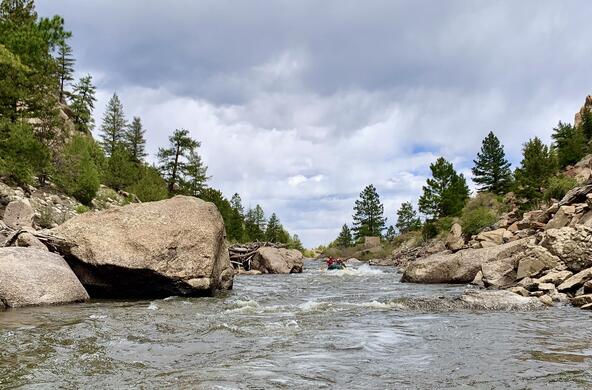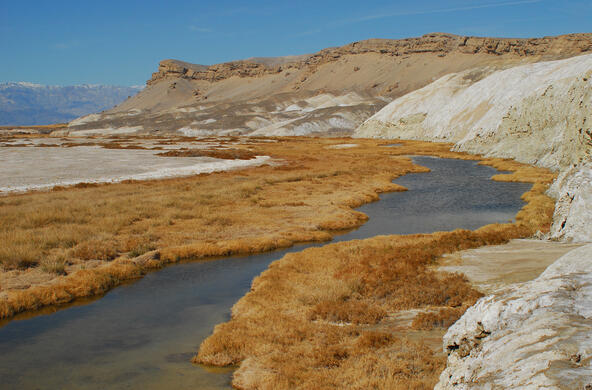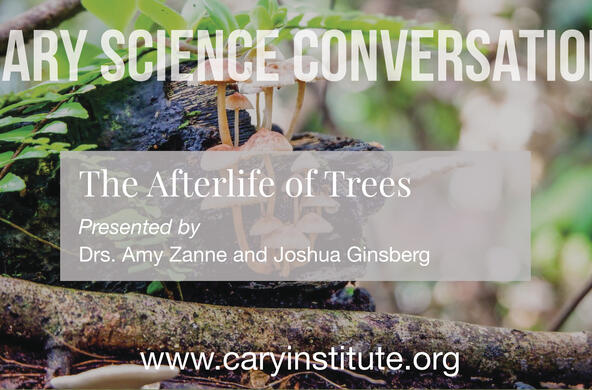Like all plants, the phytoplankton of the oceans need a variety of nutrients to conduct their biochemistry—nitrogen, phosphorus, iron, and perhaps as many as 25 other elements. In large areas of the Pacific Ocean and in the waters around Antarctica, experiments suggest that the element in shortest supply is iron. Add iron to these seawaters, and the growth of the phytoplankton increases significantly.
When phytoplankton grow, they remove carbon dioxide from the seawater and sequester it in their own tissue. Carbon dioxide diffuses in from the atmosphere to replace that removed from seawater. Not all the carbon dioxide taken up by phytoplankton is permanently stored. These organisms die and decompose, returning about 85% of the carbon dioxide back to nature. The remaining 15 percent may sink to the deep ocean, where it might be expected to store the carbon for a thousand years or more.
More than one marine biologist has suggested that during the last glacial period, when the land surface was cold and dry, the atmosphere carried more dust to the oceans. The dust contained iron, which fertilized the phytoplankton. As their growth increased, phytoplankton removed carbon dioxide from seawater, and the levels of carbon dioxide in the atmosphere declined, furthering the cooling of the Earth and fostering the persistence of glacial conditions.
A few decades ago, a marine biologist, John Martin, suggested that if we added iron to a large area of the world’s oceans, we could dramatically lower the level of carbon dioxide in Earth’s atmosphere. The iron would be added as a soluble salt, such as iron sulfate or iron chloride. This geoengineering of the world’s oceans could mitigate global climate change from fossil fuel combustion.
The ratio of iron to carbon in phytoplankton is about 0.0006 to 1.0, so we can calculate the amount of iron that would seem likely to do the job. To remove one billion tons of carbon dioxide from the atmosphere—about 10 percent of today’s fossil fuel emissions—would require slightly more than 4 million metric tons of Fe added to the ocean’s surface each year. This would be about 0.2 percent of the amount of iron mined from the Earth’s crust each year.
At first glance, this looks like a nifty way to solve the problem of global climate change. A couple of rogue groups have even tried iron fertilization as a means of increasing phytoplankton and thus fish production off the coast of British Columbia and Chile.
But, like so many instances in ecology, the devil is in the details. While phytoplankton have bloomed in several ocean fertilization experiments, the emissions of nitrous oxide, a more powerful greenhouse gas, have increased as well. And iron fertilization shifts the nutrient limitation to other elements, so the effects of iron fertilization are short-lived and need to be replenished frequently. Iron fertilization could potentially disrupt the food web in marine ecosystems. The cost of mining, refining, and distributing iron to the oceans would need to be weighed against the benefits of the carbon sequestration that it engendered.
As with other geoengineering projects (see Geoengineering our climate), we have little knowledge of undesirable side-effects of a large-scale fertilization of the oceans with iron.
Wisdom suggests precaution.
References
Aumont, O. and L. Bopp. 2006. Globalizing results from ocean in situ iron fertilization studies. Global Biogeochemical Cycles 20
Boyd, P.W. and 22 others. 2007. Mesoscale iron enrichment experiments, 1993-2007. Synthesis and future directions. Science 315: 612-617.
Chisholm, S.W., P.G. Falkowski and J.J. Cullen. 2001. Oceans—discrediting ocean fertilization. Science 294: 309-310.
Tollefson, J. 2017. Iron-dumping ocean experiment sparks controversy. Nature 545: 393-394.
Zeebe, R.E. and D. Archer. 2005. Feasibility of ocean fertilization and its impact of future atmospheric CO2 levels. Geophysical Research Letters 32








